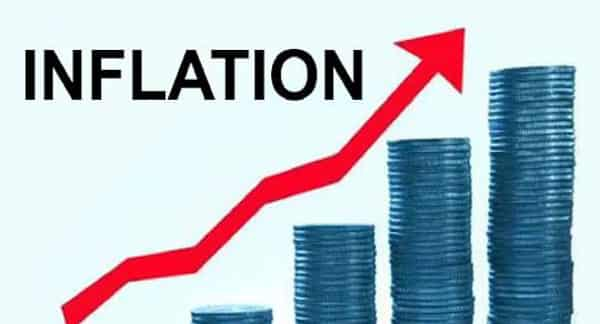
A report by the NESG-Stanbic IBTC Business Confidence Monitor has projected a fall in the inflation rate to 27.1 percent by December 2025.
This report reflects a silver lining in the dark cloud of Nigeria’s persistent inflation rate, which has been steadily increasing recently and has caused hardships for many Nigerians.
The report stated, “We expect headline inflation to remain sticky in 9M:25 but settle below 30.0% from September 2025 as high petrol costs get smoothened out of the year-on-year headline inflation, barring any unexpected negative shocks to petrol prices.
“This expectation, in addition to our prognosis on the USD/NGN pair, fiscal deficits, and food supplies, informs our forecast that the headline inflation may average 30.5% y/y in 2025 and settle at 27.1% by December 2025.”
According to the report, this projected drop in the inflation rate could potentially influence the Monetary Policy Committee (MPC) of the Central Bank of Nigeria (CBN) to switch to an accommodative monetary policy stance in late 2025.
READ ALSO: Nigeria to spend N6.7tr on minimum wage, ex-militants, others
It also noted that despite the plethora of challenges, such as inadequate power supply, insecurity, limited access to financing, and the complexity of multiple tax regulations that businesses encountered in December, they recorded a modest improvement in performance during the month, which reflected a seasonal uplift in the business environment.
“While business activity experienced some seasonal growth, overall performance across most sectors in Nigeria remained weak yet positive in December 2024.
“(BCM) Current Business Index recorded a net balance of +0.77 from -2.74 in November 2024, reflecting an uptick in commercial activities typically associated with the festive period.”
According to it, this was the first positive index since September 2024.
However, the manufacturing, trade, and services sectors recorded negative performances, while only the agriculture and non-manufacturing sectors had positive results.
“A sub-sectoral analysis revealed broadly subdued outcomes, with a negative performance recorded in Manufacturing (-2.43), Services (-3.46), and Trade (-5.59). Conversely, weakly positive results were observed in the Agriculture (+13.93) and Non-manufacturing (+5.80) sectors.”






